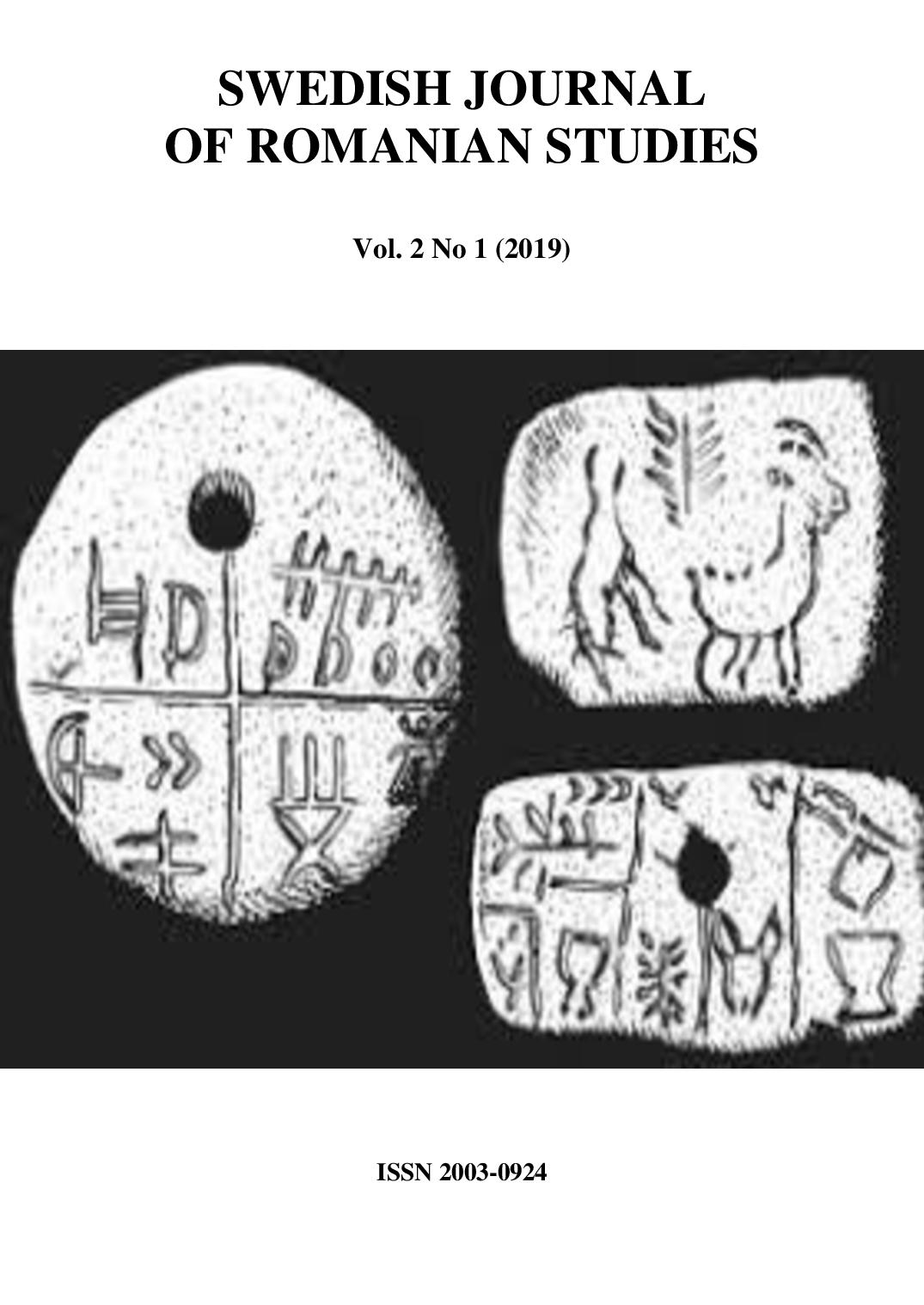The bodily community. The gesture and the rhythm as manners of the living-together in the memoirs of Viața Românească cenacle
The bodily community. The gesture and the rhythm as manners of the living-together in the memoirs of Viața Românească cenacle
Author(s): Maricica MunteanuSubject(s): Romanian Literature, Theory of Literature
Published by: Språk- och litteraturcentrum, Lunds Universitet
Keywords: bodily community; space-in-common; gesture; rhythm; Viața românească;
Summary/Abstract: The present article explores the collective imaginary of the cenacle, referring to the case of Viața românească literary group from Iași, focussing on the bodily community and its representations in the common space, understood as space-in-common. This approach shifts the interest from the ideological component that is the ‘poporanism’, as promoted by Viața românească revue, to the ethical and social aspects of the community. This does not mean that the bodily community is “more real” than the ideological community, or that it translates with fidelity the common practices of the cenacle; the bodily community is in fact another form of representation, a phantasm of the living-together, analysed through Roland Barthes’s theory as the space where solitude and sociability coexist. The corporal representations of the community, always engaged in an ethical debate, is further discussed through two manners of the living-together: the gesture and the rhythm. The theoretical reference of this analysis is Marielle Macéʼs book Styles. Critique de nos formes de vie, which proposes a formal approach of life, concentrating on the ethical implications. The issues derived from this sort of reading state the relation between the body and the environment, the vicinities and the somatic interactions between the members of the cenacle, the adjustment of distances, and the maintenance of solitude inside the community. The gestures, attitudes, behaviour, verbal and non-verbal tics, clothing, the manners of speech or the rhythm of doing certain things are seen not as marks of personal identity that positions itself inside the spaces of power, but as collective signs, as form of encounter and interaction, of exposure to the others but also responsiveness of the others, of expropriation as well as appropriation, of affirmation as well as alteration of the forms of life.
Journal: Swedish Journal of Romanian Studies
- Issue Year: 2/2019
- Issue No: 1
- Page Range: 10-23
- Page Count: 14
- Language: English

